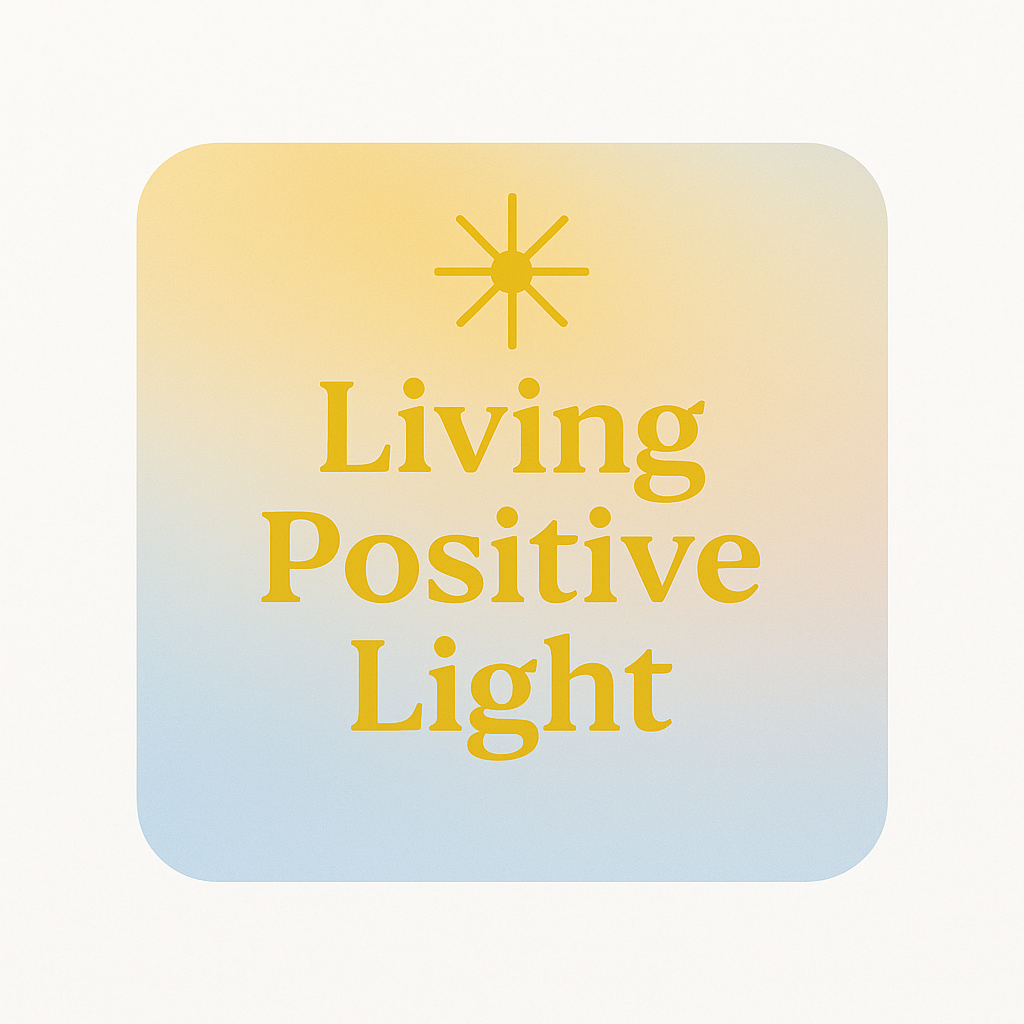If fall tends to hit your mood harder (as the experts say), you’re not broken—you’re human. Many of us feel a dip as we advance from summer to fall, leading to slower mornings, foggier thinking, and a heavier quiet by mid-afternoon. Faith doesn’t cancel those shifts; it gives us the support we need. Today, we’ll name what might be happening and build small, merciful helps that don’t overwhelm already-tired days.
What is SAD (in plain language)?

Seasonal Affective Disorder (SAD) is a form of depression linked to seasonal changes, often showing up in late fall and winter when daylight shrinks. Think: depression with a calendar. It can affect mood, motivation, sleep, appetite, and energy.
Common signs (not a diagnosis):
- Lower mood most days; feeling “heavier” or “flat”
- Oversleeping or never feeling rested
- Craving carbs/sweets more than usual
- Withdrawing from social plans
- Trouble concentrating or finishing tasks
Two important notes:
- It’s more than a “fall funk.” SAD lingers and interferes with daily life.
- This is faith-forward support, not medical advice. If symptoms are severe or persistent, consult a qualified healthcare professional. If you ever feel unsafe, in the U.S., call or text 988.
Where faith fits: Scripture doesn’t shame sadness. Lament is biblical. Faith offers presence, community, and practices that steady us—right alongside professional help when needed.
7 grace-filled ways to cope (you can start this week)
1) Catch the morning light (even a sliver)
Why it helps: Morning light nudges your internal clock (circadian rhythm), which improves daytime energy and nighttime sleep overtime.
How to do it (5–10 minutes):
- Open curtains as soon as you wake.
- Stand by the brightest window while you sip water.
- If possible, step outside for a quick “mailbox and back” walk.
If you get little natural light, Many people use a 10,000-lux light therapy lamp for 20–30 minutes in the morning. Read the instructions; if you have eye/skin conditions or bipolar disorder, ask a professional first.
Simple add-on:
Breath prayer with Psalm 27:1
- Inhale: “The Lord is my light…”
- Exhale: “…and my salvation.”
Troubleshooting:
- Dark mornings? Turn on bright indoor lights the moment you wake.
- Forgetful? Put the lamp or water bottle on top of your phone overnight so you can’t miss it.
2) Move your body in the daylight (10–15 minutes)
Why it helps: Light + movement = a gentle boost to mood chemistry and focus; you don’t need “fitness”—you need circulation.
Pick one (aim for most days):
- 10-minute neighborhood loop
- 5 minutes up/down a hallway + 5 minutes of ankle/hip circles
- Park one block farther in daylight hours
One-inch win: Put shoes and a hoodie by the door at night.
Faith cue:
“God, thank you for a body that can still move. Lead my steps.”
Troubleshooting:
- Cold/wet weather? March in place by a window; stairs repeat.
- Joint pain? Chair mobility, gentle yoga, or slow indoor laps.
3) Anchor to one short scripture (and reuse it)
Why it helps: When energy is low, repetition tends to beat novelty. One short verse becomes a familiar path the heart can find.
Choose one for the week:
- Psalm 61:2 — “When my heart is overwhelmed, lead me to the rock…”
- Matthew 11:28 — “Come to me… and I will give you rest.”
- Isaiah 41:10 — “Do not fear… I will strengthen you.”
Mini-practice (2 minutes):
- Read the verse out loud once in the morning.
- Copy it on a sticky note or phone lock screen.
- Whisper it at lunch and before bed.
Prayer:
“Jesus, meet me in this hour. Lead me one step. Amen.”
Troubleshooting:
- Brain fog? Record yourself reading the verse; play it while you make coffee.
4) Feed steadiness, not spikes
Why it helps: Even-energy meals reduce the crashy highs/lows that exaggerate mood swings.
Simple fall combos:
- Oatmeal + walnuts + apple slices + cinnamon
- Eggs + sourdough + sautéed spinach
- Lentil or turkey chili + side of roasted sweet potatoes
- Greek yogurt + peanut butter + banana
Micro habits that stick:
- Fill a water bottle after your morning light time.
- Add one protein to every meal (nuts, eggs, beans, yogurt, chicken, tofu).
- Keep “grab-steady” snacks: cheese sticks, trail mix, hummus + crackers.
Grace note: Emotional eating isn’t failure; it’s information. Offer yourself kindness, then add one steady choice next.
5) Schedule tiny connection (don’t wait to “feel like it”)
Why it helps: Isolation amplifies low moods. Connection—even brief—reminds your nervous system you’re not alone.
Low-energy ideas:
- Send a 60-second voice note to a friend: “Thinking of you—how can I pray today?”
- Attend one midweek church prayer or small group (arrive late/leave early if needed).
- Share a pew or coffee with a trusted person after Sunday service.
Copy-and-paste text:
“Hey, it’s my low-light season. Would you be available for a 10-minute check-in call on Thursday? No pressure—just want to hear your voice.”
Troubleshooting:
- No bandwidth to chat? Ask for prayer by text and send a 🕯️ emoji when you’ve prayed for them too.
6) Guard your nights with a “digital sunset”
Why it helps: Blue light + endless scrolling keeps your brain “on.” A calmer hour before bed invites deeper sleep.
What it looks like:
- Leave your phone in the kitchen 60 minutes before you go to bed.
- Switch lamps on, overhead lights off.
- Warm shower/tea → one psalm → two lines of journaling.
Pre-sleep ritual (10 minutes):
- Slow breath: in 4, hold 7, out 8 (3 rounds).
- Read Psalm 4:8 or Psalm 23.
- Write: “One mercy from today was ___.”
- Pray: “God of peace, hold my rest. Amen.”
Troubleshooting:
- Can’t stop doom-scrolling? Install an app timer and hand the passcode to someone you trust for October.
7) Make goals so small they’re winnable
Why it helps: SAD shrinks momentum. Shrink goals first to rebuild it.
Five-minute wins:
- Clear one counter space
- Start the dishwasher
- Stand in the sun for two minutes
- Send a “thinking of you” text
- Write two sentences for work or your journal
Keep a “Done List”: At day’s end, list three tiny things you did. Not perfection—proof of movement.
Faith cue:
“God, bless the next honest inch.”
Troubleshooting:
- Perfection pressure? Set a literal 5-minute timer. When it rings, you’re done.
When to get extra help
Reach out to a professional if you notice:
- Low mood most days for 2+ weeks
- Losing interest in things you usually enjoy
- Big changes in sleep/appetite, hopelessness, or thoughts of self-harm
You are not a burden for needing care. In the U.S., call or text 988 for immediate help. You cav also visit the website
How to ask for help (script):
“Hi [Name], my mood has been low for a couple of weeks as the light changes. I’d like to talk with a professional and could use accountability. Can I check back with you after I make an appointment?”
A simple fall week plan (copy/paste)
Monday — Light & Verse
- Open curtains + 5 minutes at the window
- Choose one weekly verse and set it as your lock screen
Tuesday — Digital Sunset
- Phone basket 60 minutes before bed
- Warm tea + Psalm 4:8 + two-line journal
Wednesday — Connection
- Send a 60-second voice note or attend midweek prayer
Thursday — Steady Meal
- Make a pot of chili or soup; freeze two portions for “future you”
Friday — One-Inch Wins
- Do two 5-minute tasks (any) and write them on your Done List
Saturday — Daylight Errand
- Groceries or libraries run on foot if possible; notice leaves, sky, breath
Sunday — Rest & Review
- Worship + nap without shame
- Ask: “What helped most this week?” Keep that one thing.
Resources I like (optional)
- Light therapy lamp (10,000-lux) for morning use. Read instructions; optionally add alongside your verse/prayer time.
- Soft-cover gratitude/prayer journal and a pen you enjoy—kept by your lamp or chair.
Before You Go
If fall feels heavier, it doesn’t mean your faith has waned—it means you’re human in a low-light season. The goal isn’t to “power through,” it’s to stack small mercies: a sliver of morning light, a five-minute walk, one anchoring verse, a calmer hour before bed, a quick check-in with someone safe. Tiny helps count, and they add up.
Pick one practice for the next 24 hours and let that be enough for now. If it helps, breathe this prayer:
“Jesus, light my next step. Hold what I can’t carry today. Amen.”
If your mood stays low for two weeks or you feel unsafe, please reach out to a professional. In the U.S., you can call or text 988 for immediate help.
You can read my post on daily gratitude prompts for a calmer life.
Breathe, soften, and trust the next gentle step.
~Kay~




The suggestions on how to cope with Seasonal Affective Disorder (SAD) through faith and practical steps are truly refreshing. I found the “Anchor to one short scripture” tip particularly helpful. When facing the foggy, slower days, having a verse to center myself really feels like a lifeline. It’s a beautiful reminder that even in low energy, repetition of God’s word can still reach us and bring peace. I also love the idea of making tiny goals “winnable” as it gives us a sense of accomplishment, no matter how small the step. How can someone ensure they don’t feel overwhelmed when trying to introduce several of these practices at once? Also, what other scriptures might be beneficial for those struggling with a lack of motivation during this time?
Ravin, thank you—so glad the “one short scripture” and “winnable goals” helped.
To avoid overwhelm, try the Rule of One: 1 practice × 1 cue × 1 week (e.g., with morning tea, read Psalm 42:11 once).
Great low-energy anchors: Isaiah 41:10, Lamentations 3:22–23, Matthew 11:28–30.
If you’d like, I can share a tiny-steps checklist and verse cards. —Kay
This was such a heartfelt and grace-filled post, Kay. As a fellow believer and someone who also runs a faith-based website, I really appreciate how you approach something like Seasonal Affective Disorder with both compassion and biblical grounding. It’s refreshing to see faith and mental health talked about together instead of apart.
You’re absolutely right! Faith doesn’t erase our human struggles, it steadies us through them. I loved the reminder that lament is biblical and that even our low-light seasons are spaces where Jesus meets us gently. Sometimes the smallest acts, opening the curtains, whispering a verse, or sending a prayer text, become holy moments of endurance.
Thank you for writing this with such care and honesty. It’s a powerful encouragement to believers who might be quietly struggling right now. Which of these seven practices has brought you the most peace personally during tough seasons?
Jason, thank you—that encouragement means a lot. The practice that steadies me most is a 60-second breath prayer with 1 Peter 5:7 (inhale: I cast my cares, exhale: You care for me), then morning light—curtains open or a 10-minute walk. On heavy days I add one line of lament + one line of gratitude in my journal. I’d love to know more about your site—what’s been most anchoring for you lately?